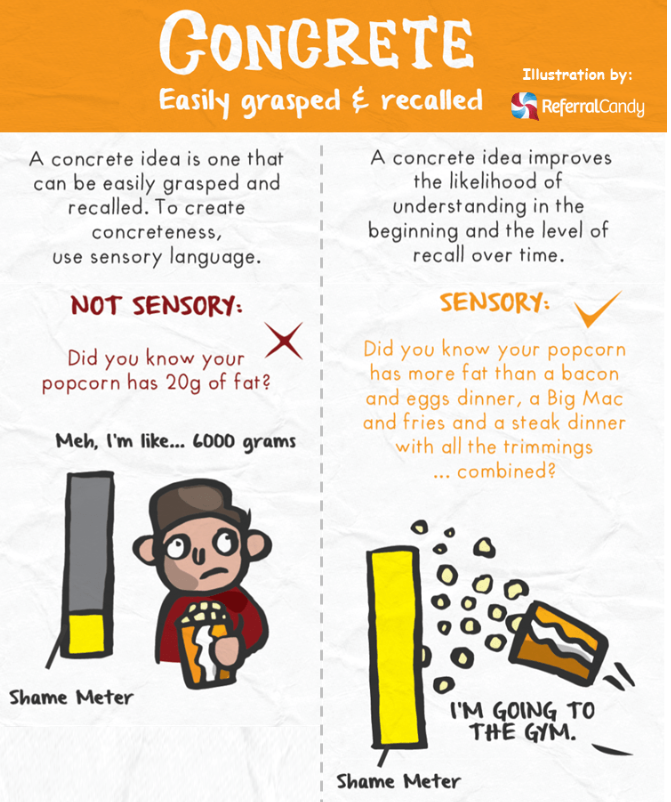Do You Have a Big Number Problem?
Most humans have a big number problem.
You probably felt it yourself as pundits and politicians droned drone on and on about the pros and cons of the multi-trillion-dollar Infrastructure and Build Back Better legislation. Do most folks really understand what $1 trillion or $1.2 trillion or $3 or $6 trillion really means in terms of how much it will cost American taxpayers? Unless you’re an economist the answer is a resounding “No.”
If you’re charged with selling or defending programs involving this much money, wouldn’t it be better to describe the costs in more concrete, understandable terms. For example, assuming the combined bipartisan Infrastructure Bill and President Biden’s Build Back Better legislation ends up costing a total of $3 trillion over the next 10 years , the daily cost to each American amounts to roughly $2.71 a day.
In understandable consumer terms this amounts to about ½ the cost of a cup of Dunkin Donuts coffee.
The problem with large numbers is they tend to be favored by experts (read nonprofit program staff) who do understand the details and nuance behind the big numbers, but often don’t realize these big numbers are abstractions and offer little in the way of either emotional or practical context.
Or as Mother Teresa put it, “If I look at the mass I will never act. If I look at the one, I will. Put more harshly by Soviet dictator Joseph Stalin, “ A single death is a tragedy; a million deaths is a statistic”
The use of big, overall statistics instead of individually identifiable people and problems is, of course a frequent mistake made by nonprofits in communicating with donors.
We’ve written a lot about the importance of making our organization’s needs and mission clear and concrete. Often, we use the term “identifiable victim”, but in fact it’s more than that. (See Agitator post Test Results: Strengths and Weaknesses of the identifiable Victim.)
In The Reality Distortion Field: Focusing on the One the Agitator, in a Nick Ellinger post, offered this advice.
- Bring large numbers down to the one. We’ve recently seen two tests using of our DonorVoicePre-Test Tools where statistics did as well as an individual victim’s story. What gives?
In both cases, the winning statistics were brought down to a unit – one in six children or one in 11 adults has this disease or goes hungry at night. Instead of 11 million this and 19 million that, they brought down the statistics to the level than an individual person could make a difference. And that makes a difference. People don’t have a fixed number in their head of people who need to be affected by a problem before they will donate. Rather, they want a problem they can take a bite out of.
There’s a historical example of this: during the Battle of Stalingrad, the Russians broadcast the message that “every seven seconds, a German soldier dies in Russia” in German. The goal was not for Germans to get a full scope of the problem; it was to get the message across (that message being “RUN!!!”). “Every seven seconds” tells this in a way that 388,000 people dying each month does not.
Similarly, when MADD talks about the cost of drunk driving, the amount they focus on is usually not the billions of dollars; it’s $500 for every adult in the United States. Everyone can picture $500 or what they could buy with it – its individualized. Whereas we don’t know where to start with a billion dollars.
- Unit asking. The method is simple: before asking how much a person would give to support a group of needy people, ask how much the person would give to support one needy person. This mental anchor of an individual person helps the scope of your program work for you instead against.
Researchers first asked people how much they would donate to help 20 children in need. Half of the audience had a preceding question:
“Before you decide how much to donate to help these 20 children, please first think about one such child and answer a hypothetical question: How much would you donate to help this one child? Please indicate the amount here: $____.”
People who got this priming question expressed a willingness to donate more than twice as much as the control group ($49 versus $18).
Then, they worked with a company in China that was raising money among its 800 employees to help 40 school children in the Sichuan province, which had just gone through an earthquake. The company emailed its employees, half with a unit ask, half without. Average gifts went up 65% among those asked to envision what they would give to support one child first. Additionally, response rate was unaffected.
They then tested the wording in the mail, with even bigger results — those who received the single unit ask first had gifts that were four to five times higher than those who received a plea for the 40 children alone.
Some Helpful and Fun Goodies
If you’re wrestling with how to deliver an effective message in an understandable manner get a copy of Dan and Chip Heath’s Made to Stick: Why Some Ideas Survive and Others Die. And for a wonderfully illustrated cliff notes of the book check out this blog post by Referral Candy. Here’s one of my favorite illustrations on the importance of making issues concrete:

For those dealing –pro or con – with issues involving government funding and other humongous numeric issues check out this classic video putting President Obama’s 2009 budget cut of $100 million in perspective.
Roger


